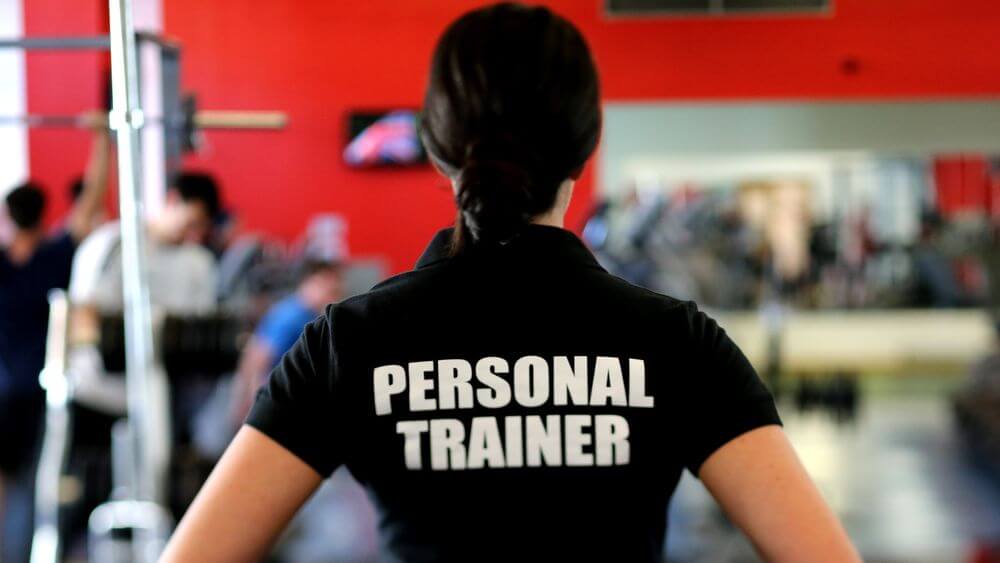TIPALTI, a firm which delivers end-to-end payables solutions, has looked at the median hourly rate, median monthly income and median annual income of the most popular gig economy jobs in the world.

The top 10 highest paying gig economy jobs per hour (in US dollars):
| Rank | Gig | Median monthly income | Median hourly rate | Maximum monthly income |
| 1 | Selling or renting property | $500.00 | $81.00 | $7,000.00 |
| 2 | Lyft | $5,688.00 | $33.00 | |
| 3 | Fitness training or coaching | $200.00 | $20.00 | $3,000.00 |
| 3 | Freelance work or consulting | $200.00 | $20.00 | $4,000.00 |
| 3 | Reselling items online | $100.00 | $20.00 | $1,500.00 |
| 3 | Computer repair | $100.00 | $20.00 | $4,200.00 |
| 3 | Photography or videography | $100.00 | $20.00 | $2,000.00 |
| 8 | DoorDash | $3,088.00 | $18.00 | |
| 8 | Uber | $3,142.00 | $18.00 | |
| 10 | Housecleaning or repairs | $100.00 | $17.00 | $1,500.00 |
- People in the property industry earn about $81 per hour and a median monthly income of $500; it is possible to make up to $7,000 a month.
- Lyft drivers earn the second-highest hourly rate, $33 per hour, for a median monthly income of $5,688. With a 28 percent market share, Lyft is the second-largest ridesharing company in the US after Uber.
- Fitness coaches earn an average hourly rate of $20 and a median monthly income of $200 — but this can increase to $3,000, depending on hours worked and the number of clients.
- Freelance workers also earn around $20 an hour, for a monthly income of up to $4,000.
Forrest McCall, a freelance marketer and blogger from Louisville, Kentucky, has worked in the gig economy for three years. After resigning from his full-time job, Forrest works fewer hours for a similar amount of money.
“For me, it was all about flexibility,” he said. “I originally took on many freelance gigs in addition to my full-time employment, but quickly realised it was too much. Eventually, my freelance work became the majority of my income, and that’s when I decided to go full-time in the gig economy.
“The main positive is the freedom that you gain. Being able to work as much or as little as I’d like is a massive benefit to me. I enjoy spending the day how I please and avoiding unnecessary meetings and conversations. I’ve found that I enjoy working at my own pace, instead of having daily objectives.”
The main negative he has found is the unknown when it comes to freelancing. “You can never be sure that more work will come your way, which can lead to more financial stress than a traditional job. I don’t think I will return to a traditional form of employment unless the circumstances are right.
“Sitting in an office all day for 40 hours each week sounds miserable — and the lack of freedom would be crushing.”
You can dig further into the data here.




























